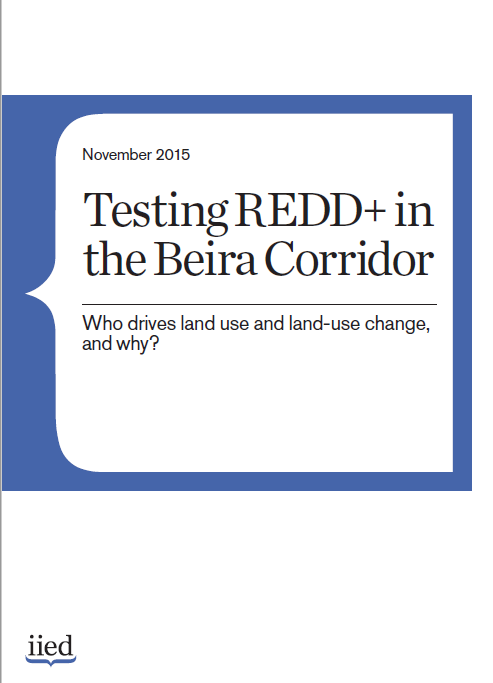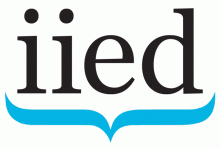Resource information
The Testing REDD+ socioeconomic baseline study of the Beira landscape corridor confirmed the drivers of deforestation and forest degradation as unsustainable agriculture practices, including shifting cultivation and fire used to clear land, to hunt and to collect honey. The role of hunting and honey collection shows how harvesting non timber forest products (often referred to as NTFPs) can degrade forests — because of the use of fire. Harvesting firewood to supply biomass energy (wood is burnt in rural households, charcoal is made for urban markets) and harvesting timber for domestic and international markets is another cause of forest loss. But the most important concept to keep in mind is that these drivers do not occur in isolation. Rather, they are often sequential. This means that to address deforestation and forest degradation effectively, it is important to implement interventions concomitantly within the landscape. The Testing REDD+ project works with sustainable biomass energy production and consumption in Sofala, with sustainable value chains of non-timber forest products in Manica, and on conservation agriculture and forest concessions in Zambezia. This split is driven by limited financial resources and the initial aim of providing demonstration projects, but an integrated approach and larger scale interventions are needed to effectively reduce emissions from deforestation and forest degradation in these three provinces. In going forward, the initiative will focus on mobilizing resources for this end.


